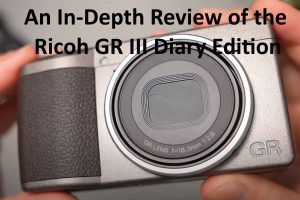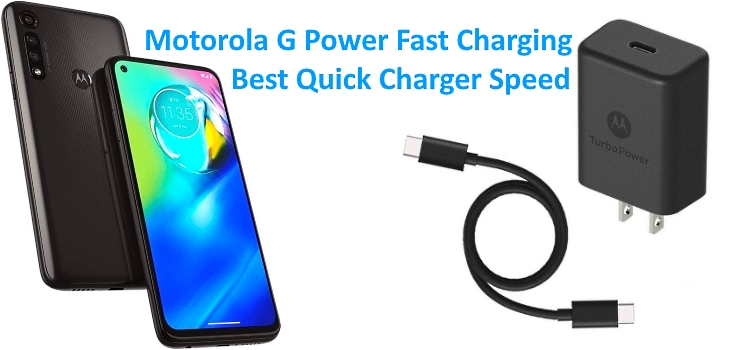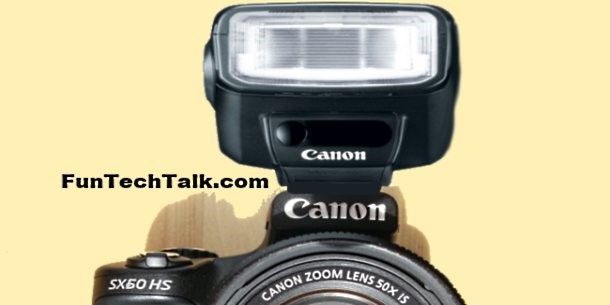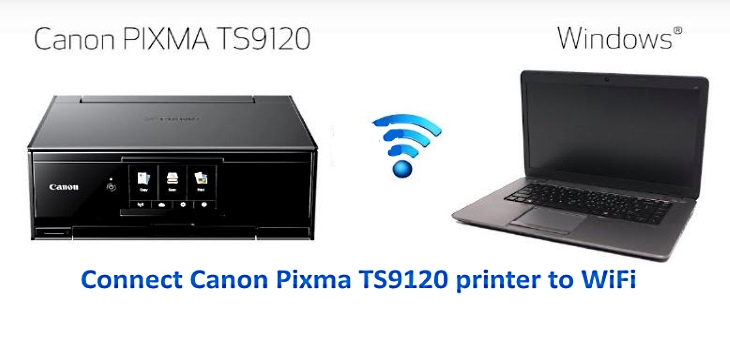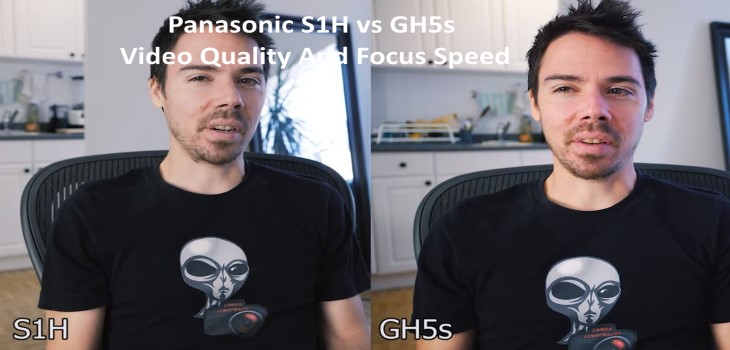
If you are considering a new camera purchase many will be comparing the Canon 5D Mark III to the newer Canon 7D Mark II. This test video by Kai Wong and Lok Cheung will give you a hands on look at their differences.
One of the big reasons why many photographers consider the 5D Mark III is for its full frame sensor. A full frame main sensor advantage over APS-C are: increasing the background blurring effect (consider the same equivalent lens aperture and focal length), larger pixels leads to better signal to noise performance, higher dynamic range, more detailed images and overall better image quality (in most cases, also depends on other factors). You can take full advantage of Canon’s EF ultra-wide angle lenses with their actual focal length (16-35mm does equal to 16-35mm, not 25.6-56mm equivalent as with a 1.6x crop factor APS-C). This is one reason why landscape photographers favor full frame cameras.
The FF sensor is more expensive to make. The APS-C does have a few advantages to on its side. It’s cheaper to make obviously, the equivalent focal length is multiplied by the sensor crop factor for the same lens specs, which can be suited for long distance subjects like sports and wildlife, as well as macro (can shoot from further away from the subject). Of course if you compare APS-C and Full Frame sensors for the same generation, you can see that in almost all cases, FF outperform APS-C at high ISO and image quality.
Some of you might might prefer getting the cheaper Canon EOS 7D Mark II and spend more money on a better lens or another lens to add to your lens collection. This can help you be more creative and productive, something that upgrading to a FF camera might not give you.
Buy the Canon 7D Mark II cheap here.
Buy the 5D Mark III cheap here.
